Thanks airehead glad you are enjoying it
Bill in San Jose those are great looking knives. I like that second one. I'm like you haven't seen one quite like that style. That's another thing I like about knives, they've been around for no telling how long and there's always something new.
Txag96 I've done a small bit with damascus and I've actually got the forge built to start making my own damascus I just have to get caught up with current orders. As for not having a metal cutting band saw and a drill press it will take some time but you can use a hacksaw the entire way around. Another thing I did long before I got a bandsaw was using a dremel. I'd buy the big heavy duty cut off wheels and keep going around the outline of the knife. You have to be very careful with those, get them tweaked in the wrong direction and they fly apart. I've seen some guys use a hand drill and a vice to accomplish the same thing as the drill press. Just trying to give you more ideas if you have any of these tools around.
Bill in San Jose those are great looking knives. I like that second one. I'm like you haven't seen one quite like that style. That's another thing I like about knives, they've been around for no telling how long and there's always something new.
Txag96 I've done a small bit with damascus and I've actually got the forge built to start making my own damascus I just have to get caught up with current orders. As for not having a metal cutting band saw and a drill press it will take some time but you can use a hacksaw the entire way around. Another thing I did long before I got a bandsaw was using a dremel. I'd buy the big heavy duty cut off wheels and keep going around the outline of the knife. You have to be very careful with those, get them tweaked in the wrong direction and they fly apart. I've seen some guys use a hand drill and a vice to accomplish the same thing as the drill press. Just trying to give you more ideas if you have any of these tools around.



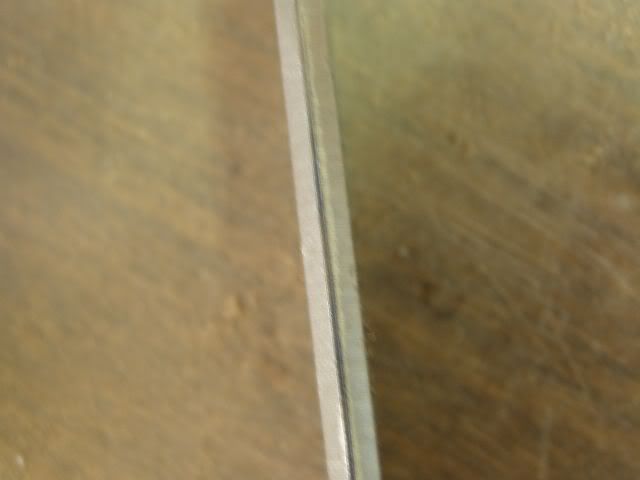
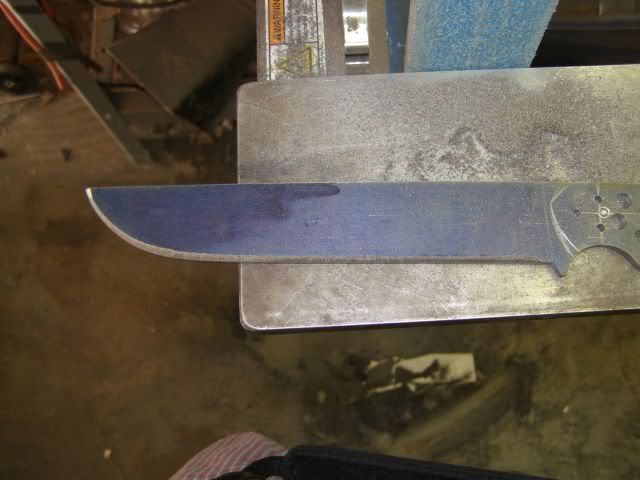
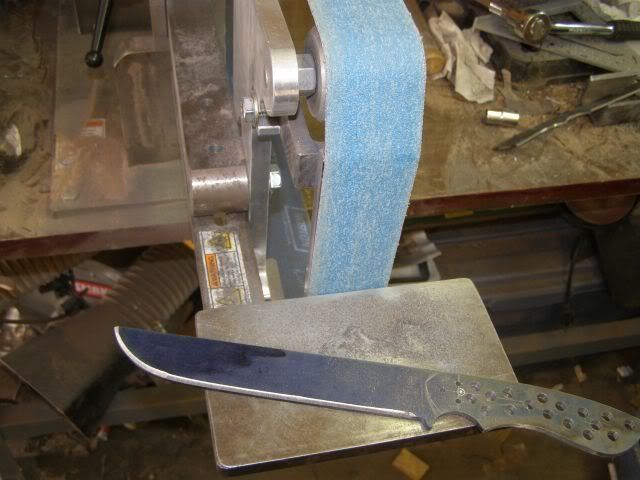
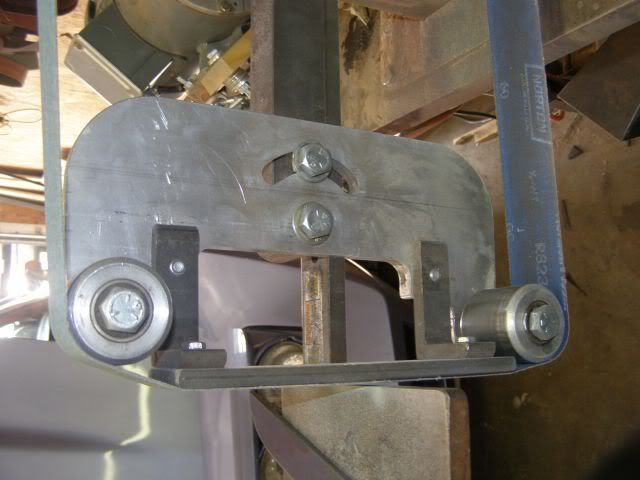
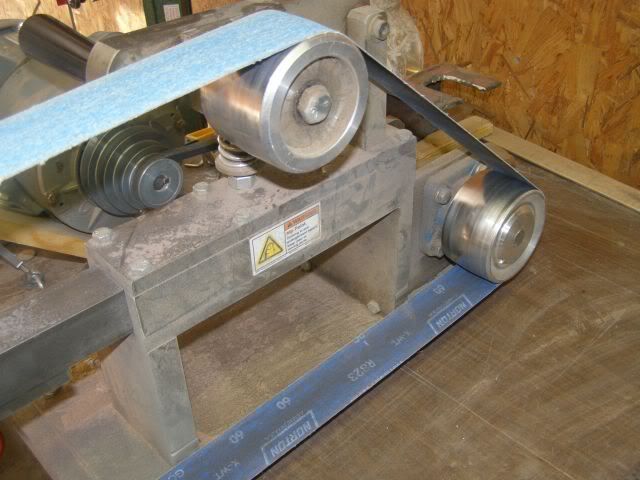
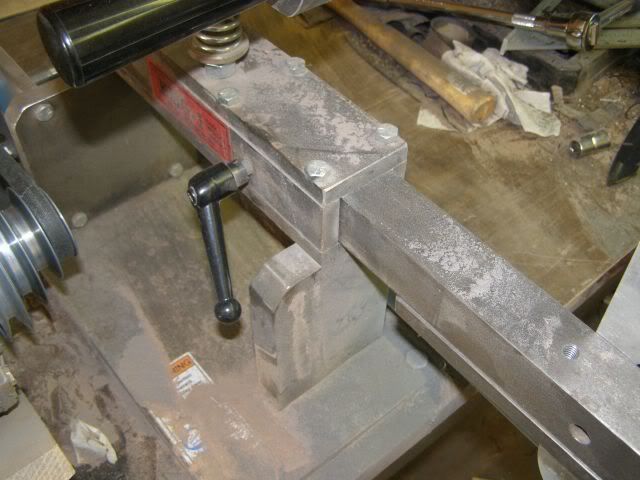
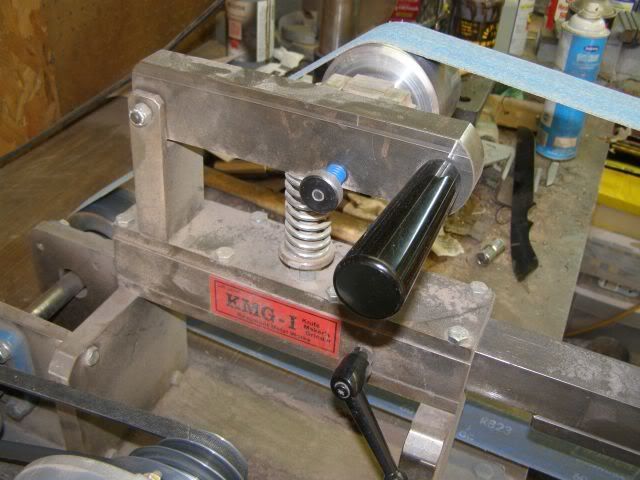
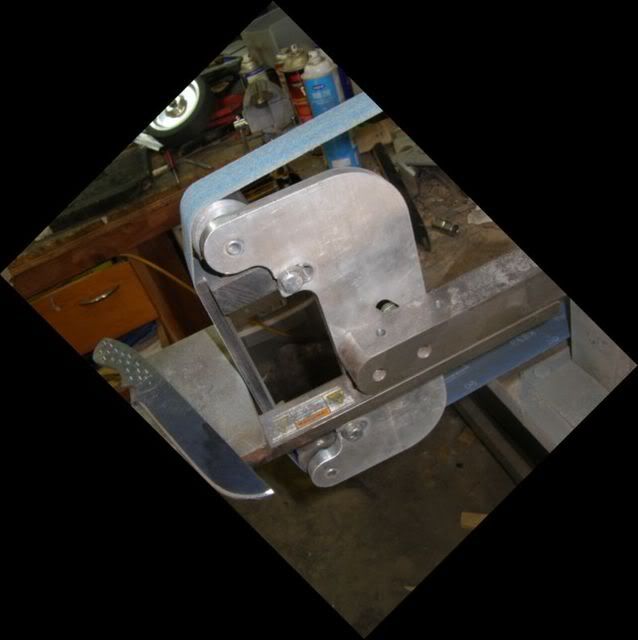
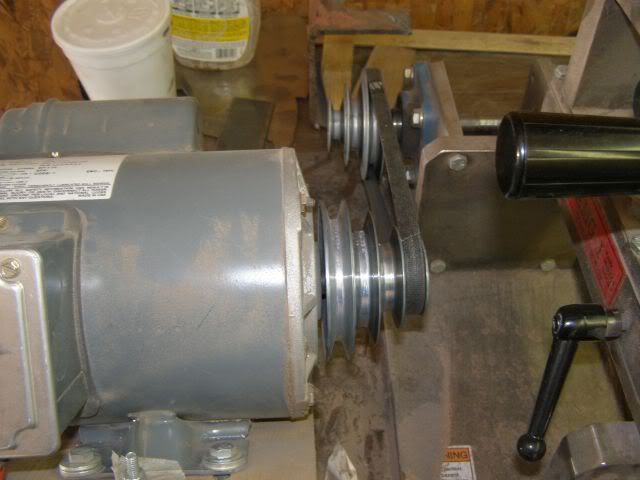

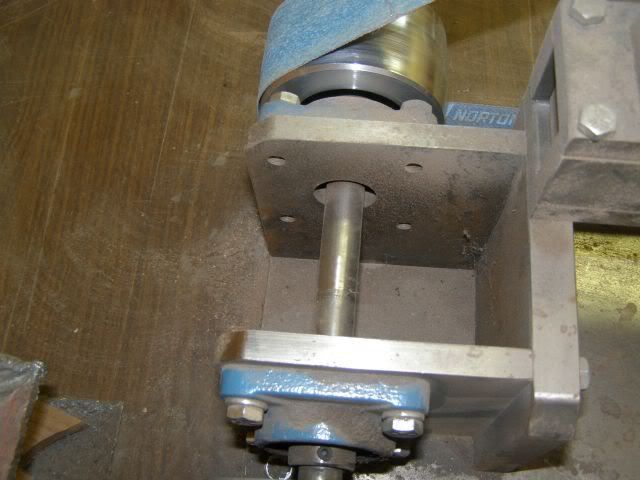
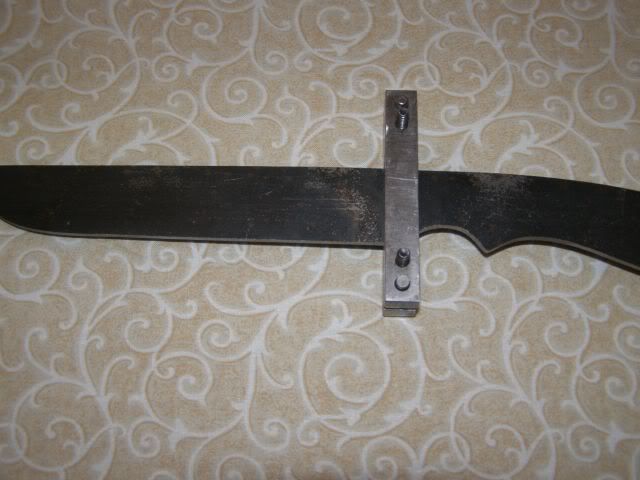
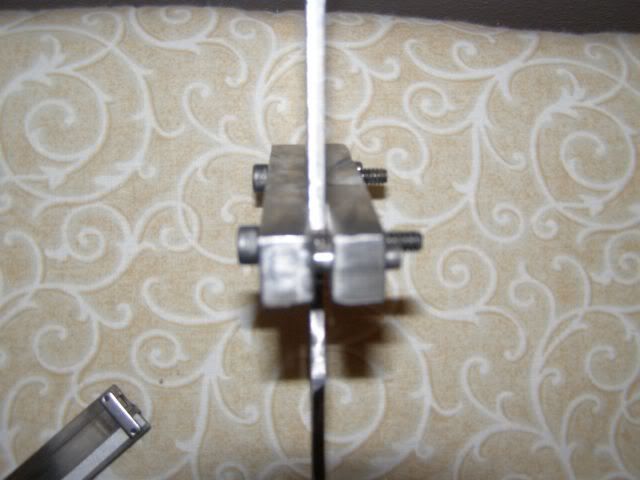
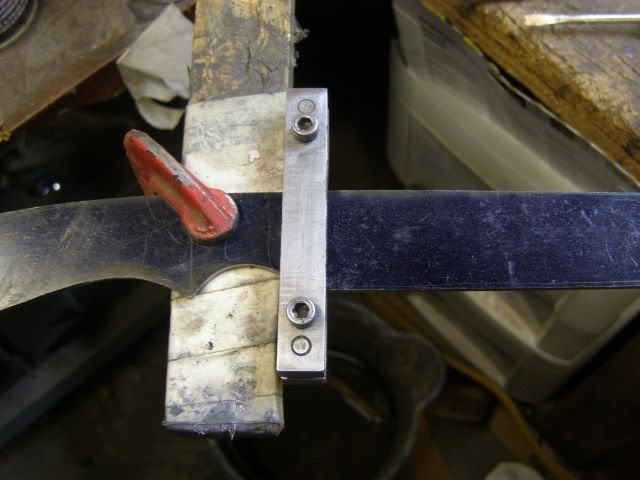
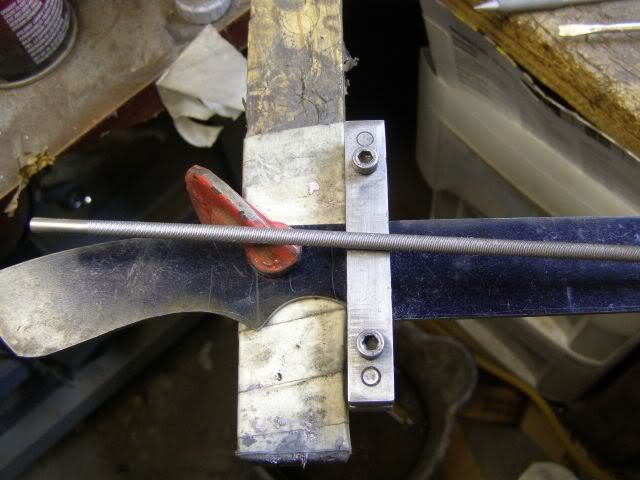
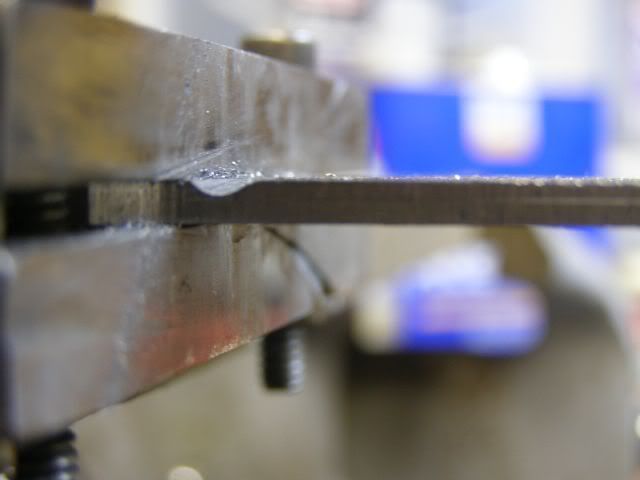
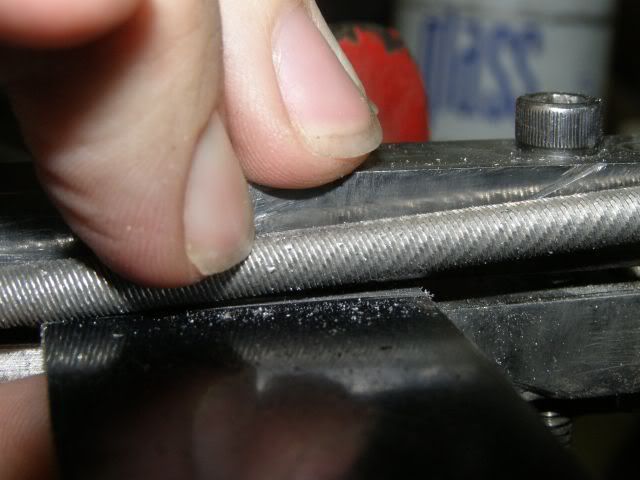

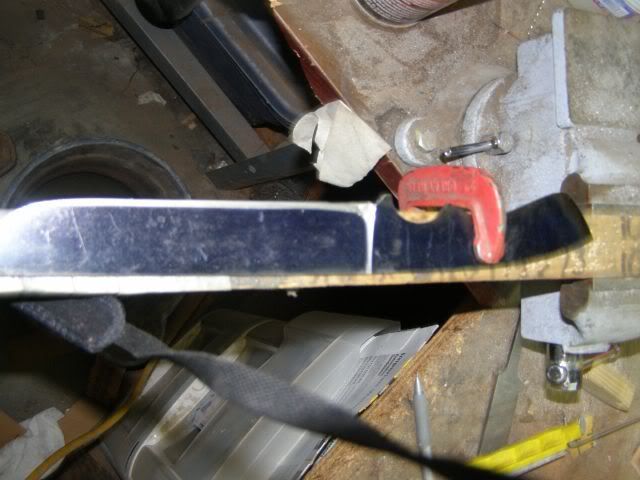
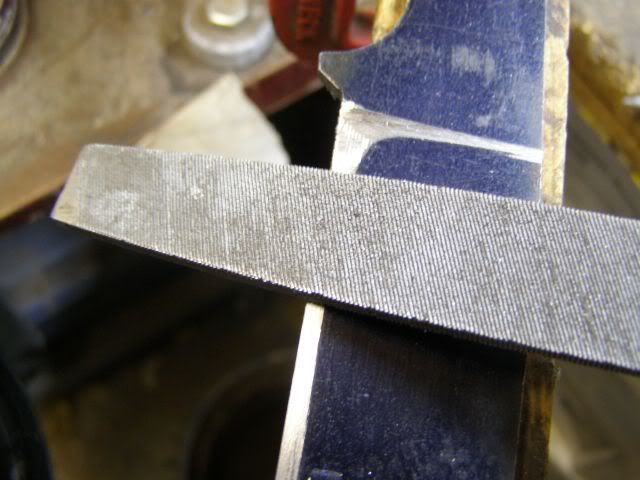
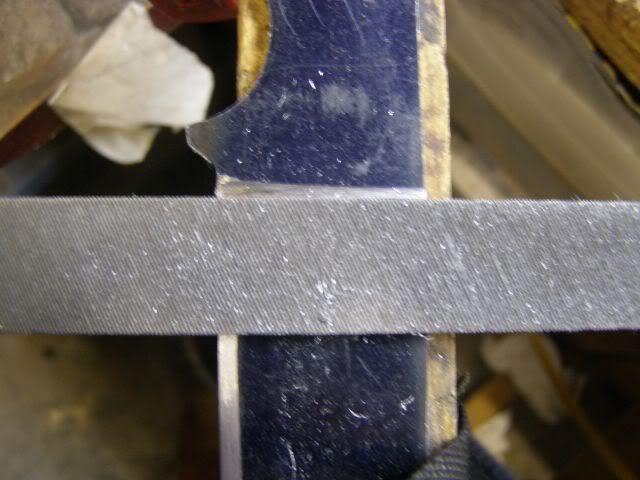

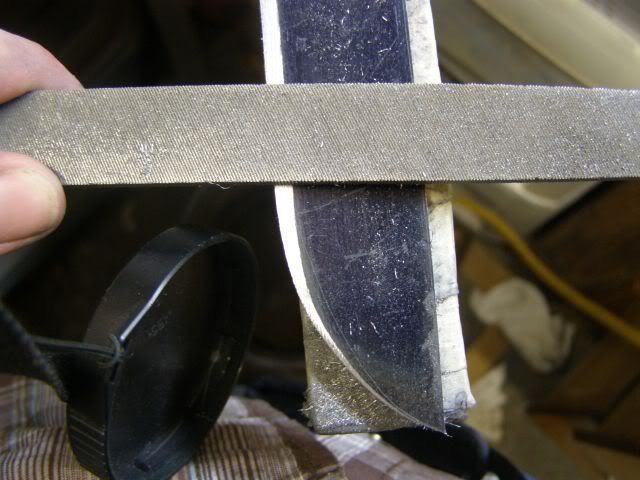


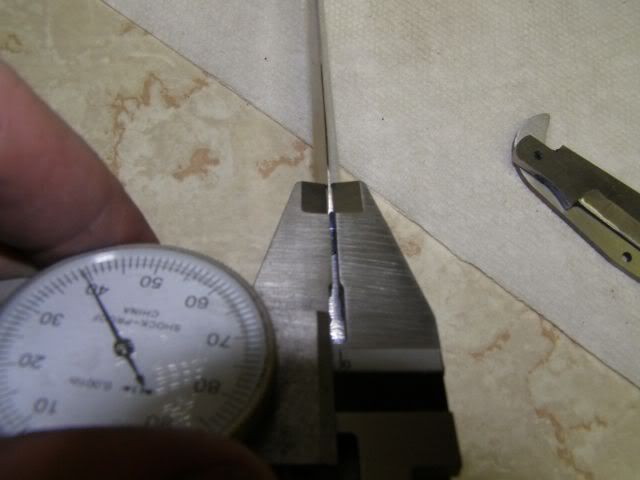
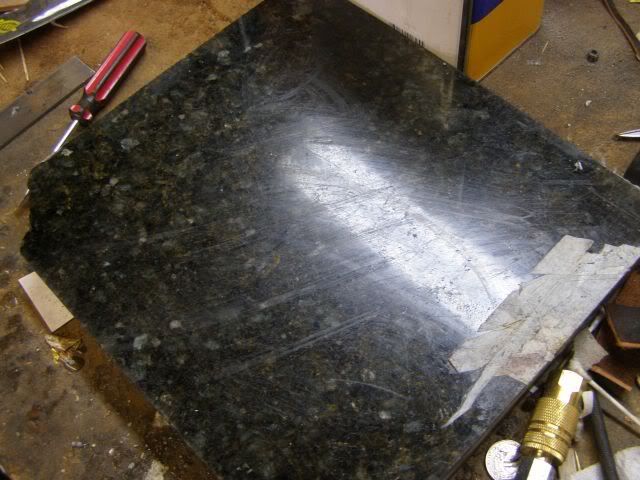
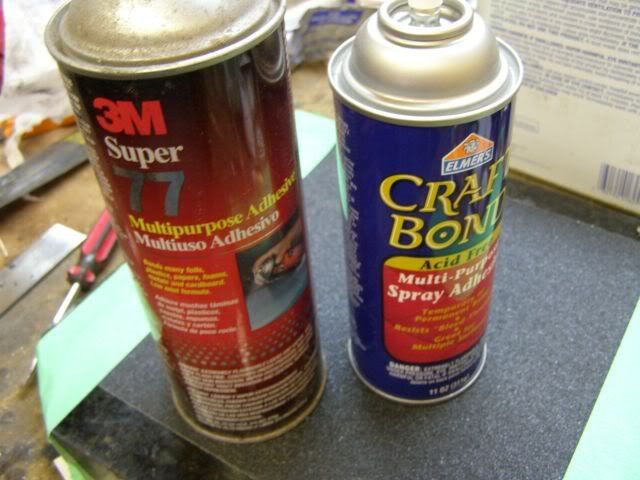

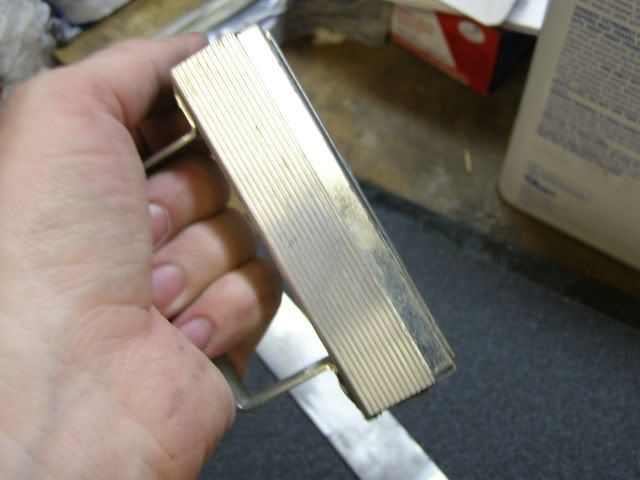
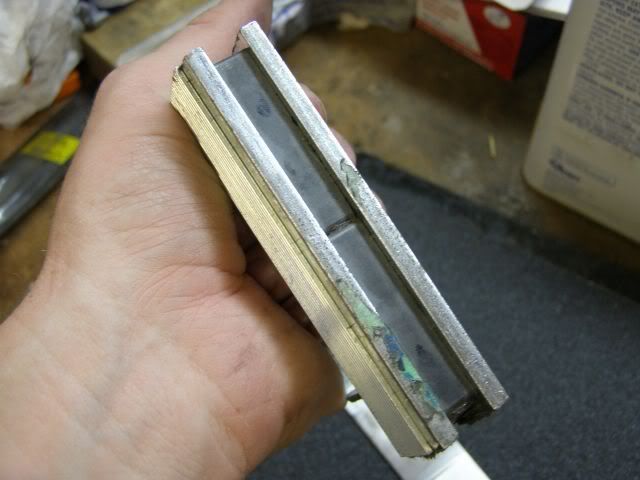
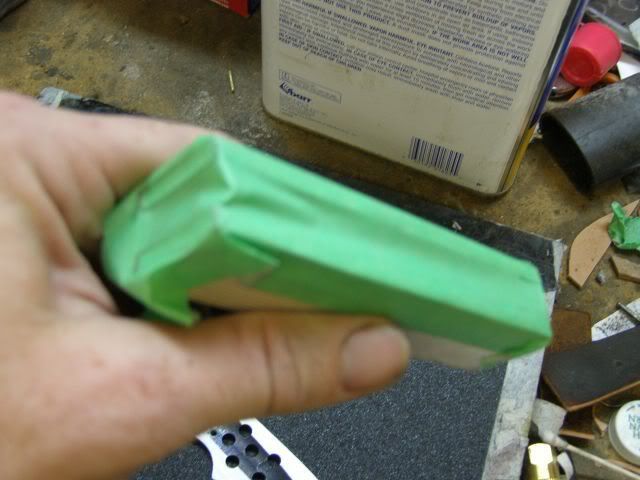
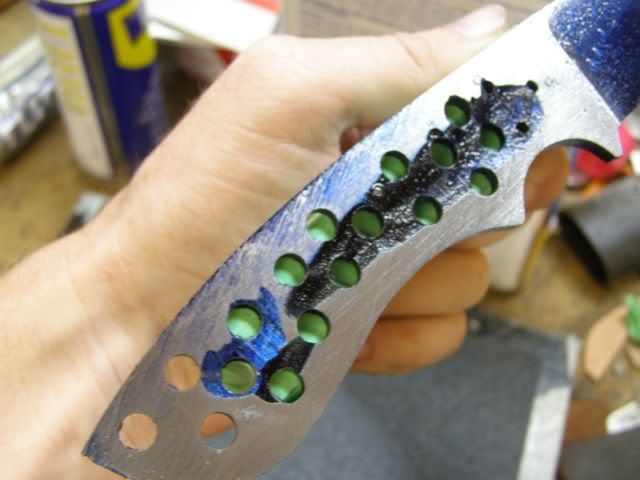
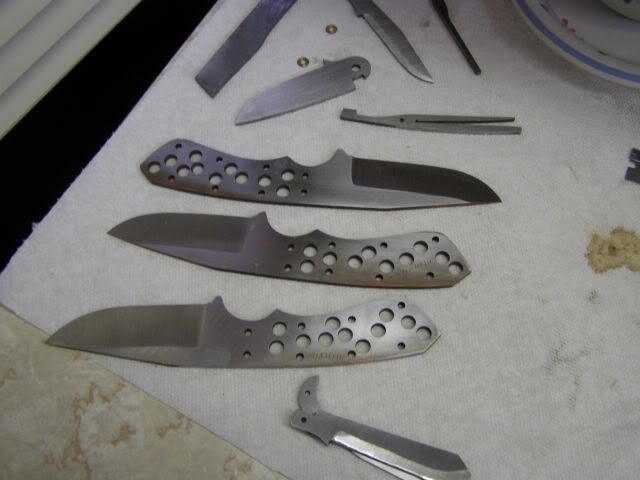
Comment